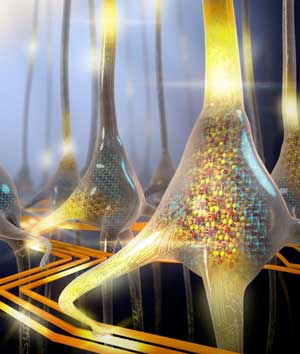
Wednesday, October 3, 2018
A new brain-inspired architecture could improve how computers handle data and advance AI
Flowing salt water over this super-hydrophobic surface can generate electricity
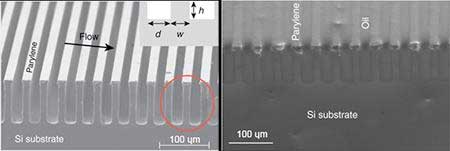
Unmasking corrosion to design better protective thin films for metals

New 3D-printed cement paste gets stronger when it cracks - just like structures in nature

Neuristor circuits could lead to more energy-efficient computing
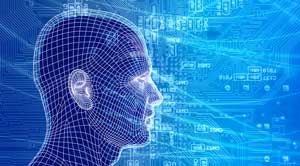
Non-destructive nanotechnology diagnostics for artwork restoration
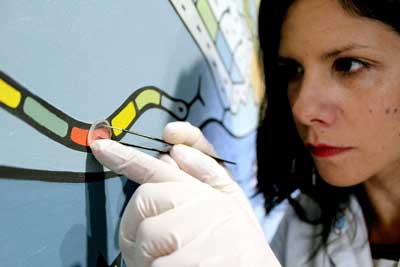
Emissions-free molecular energy system saves heat from the summer sun for winter
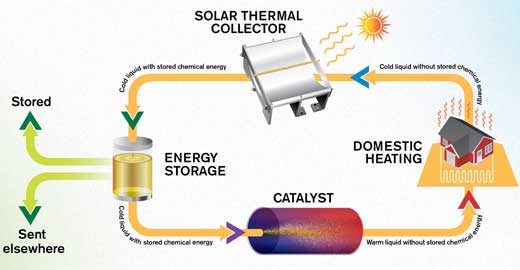
Revolutionary ultra-thin metalens enables full-color imaging
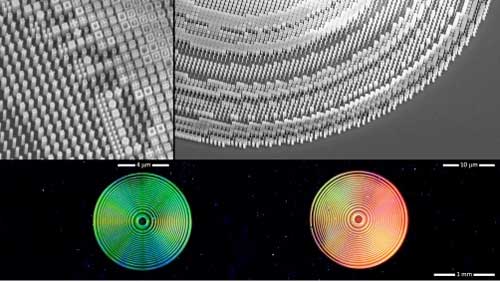
Topological material shows superconductivity...and not just at its surface
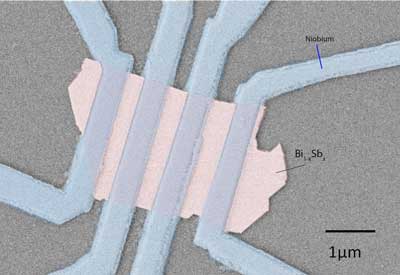
Subscribe to:
Comments (Atom)
